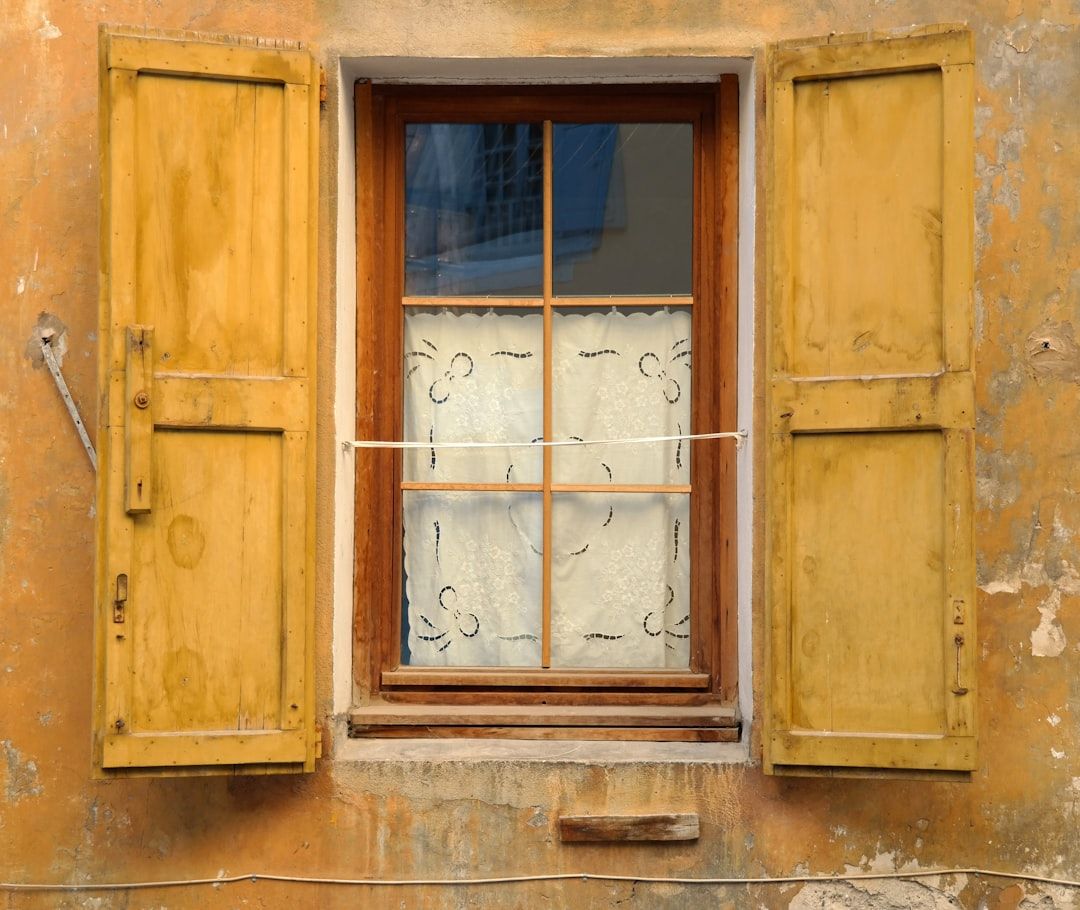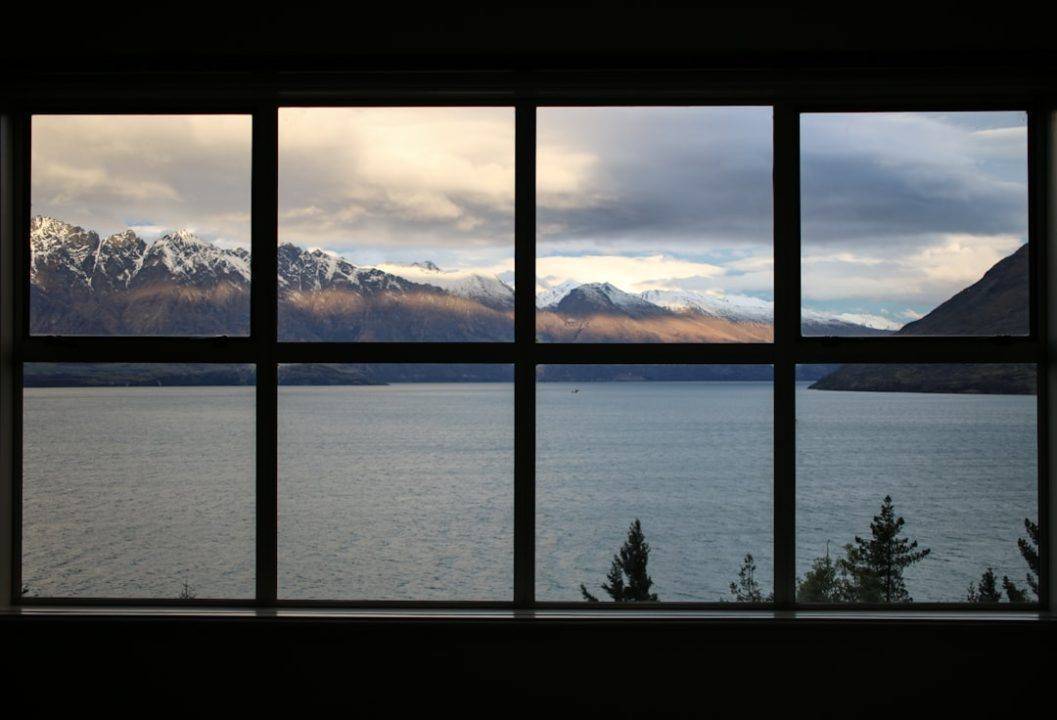IN BRIEF
|
THE PVC windows are available in several models adapted to the needs and dimensions of different rooms. Among the most common types are casement windows, which open horizontally on hinges, and the tilt and turn windows, which offer a double opening option. THE sliding bay windows are also popular, facilitating access to the outdoors and maximizing light. To this are added the roof windows and those to leaves, which can be personalized in terms of dimensions, colors and opening systems.
Concerning their performance, PVC windows present an excellent level ofthermal insulation And acoustic, helping to reduce thermal bridges. Models equipped with double glazing are particularly recommended, because they have a thermal transmission coefficient much lower than that of single glazing. In addition, PVC is available in single or two-tone variants, allowing harmonization with all interior styles and facades.
The windows in PVC are a popular choice for new construction and renovations thanks to their excellent thermal and acoustic insulation, as well as their durability. This article presents the different types of PVC windows available on the market, as well as their specific characteristics and benefits, to help consumers in their choice.
PVC window models
PVC windows come in several models, each with their own specificities and advantages. The main types include:
Tilt and turn windows
This type of window is particularly appreciated for its functionality. It can open both as a casement window and swing on a horizontal axis. This allows effective ventilation while ensuring the security of the opening. Its design also promotes optimized air exchange.
Sliding bay windows
Sliding bay windows are ideal for maximizing natural light and providing an unobstructed view of the outdoors. The glass panels slide on a rail, allowing openings ranging from two to seven leaves. This model is often recommended for open and modern living spaces.
Roof windows
Roof windows, as their name suggests, are mounted on roofs, and they are particularly suitable for attics or sloping rooms. They provide natural light and contribute to better air circulation in interior spaces.
Casement windows
Casement windows are the most common in traditional construction. Mounted on hinges, they open horizontally and are available in single or double glazing. Their ease of use and aesthetics make them a classic choice.
Fixed windows
Fixed windows cannot be opened, but they are ideal for maximizing the glass area in a given space. They are often used in combination with other types of windows to create unique architectural designs.
Characteristics of PVC windows
When choosing PVC windows, several features must be considered to ensure optimal performance.
Thermal and acoustic insulation
PVC windows have impressive insulating performance. Thanks to their structure, they limit thermal bridges, thus offering excellent thermal insulation And acoustic. THE double glazing is highly recommended, as it reduces the thermal coefficient to around 1.3, compared to 6 for single glazing.
Durability and maintenance
PVC windows are known for their durable and weather-resistant properties. Additionally, they require little maintenance compared to wooden windows. Occasional cleaning with soapy water is usually enough to maintain their appearance. For more maintenance tips, check out this link: maintenance of PVC windows.
Personalization
With a wide range of colors and finishes, PVC windows can be personalized to suit the tastes and architectural style of each home. This includes options in mono or bicolor, allowing harmonious integration into all types of decor.
By taking into account these different models and characteristics, it becomes easier to choose the PVC windows best suited to your needs. For more information on custom windows, consult the complete guide available at this address: custom windows.

PVC windows are available in several models adapted to the varied needs of users. They offer energy performance remarkable and are characterized by their sustainability and their ease of maintenance. This article presents the main types of PVC windows as well as their technical characteristics to help you choose wisely.
Casement windows
THE casement windows represent the most classic model. Mounted on hinges, they open horizontally, which facilitates access to the outside. This type of window generally offers excellent thermal insulation And acoustic, all with a wide choice of dimensions and colors. Adaptable to all configurations, they fit easily into all architectural styles.
Tilt and turn windows
THE tilt and turn windows combine the advantages of the hinged opening and the bellows opening. By allowing room ventilation while maintaining increased safety, they are ideal for small spaces. This model also has excellent performance in terms ofwaterproofing.
Sliding bay windows
THE sliding bay windows are a modern solution that maximizes brightness in rooms while providing full access to the outdoors. Generally made up of two to seven leaves, they are more suitable for large openings. Although less solid than aluminum for large dimensions, they maintain effective insulation thanks to their multiple internal confusion chambers.
Roof windows
THE roof windows PVC are perfect for attics and attic spaces. They make it possible to optimize the light supply while improving thethermal insulation. This model offers a variety of solutions, including manual or automatic opening systems, thus guaranteeing good all-round comfort.
Fixed windows
THE fixed windows do not open, but they are ideal for providing panoramic views or for completing configurations with other types of windows. Their imposition in a facade can contribute to theaesthetic and to the valuation of a space. They are also very efficient in terms ofinsulation.
For a selection of PVC windows adapted to your specific needs, you can consult guides and advice on choosing windows for an ecological home: here. For a comparison between different materials, including PVC and wood, take a look at this link.
- Casement windows: Horizontal opening on hinges, very common.
- Tilt-and-turn windows: Opens horizontally and tilts for ventilation, very practical.
- Sliding windows: Panels sliding on a rail, ideal for small spaces.
- Bay windows: Offer a wide opening to the outside, often with several leaves.
- Bellows windows: Open inwards at the top, promote air circulation.
- Fixed windows: Are immobile, ideal for maximizing natural light.
- Roof windows: Allows you to benefit from daylight in attics or under sloping roofs.
- Custom windows: Adapted to the specific dimensions of the openings, offer numerous customization options.

Comparison of different types of PVC windows
| Type of PVC window | Features |
| Casement window | Horizontal opening on hinges, very common. |
| Tilt and turn window | Double opening, practical for ventilation without leaving it completely open. |
| Sliding window | Panels that slide on a rail, ideal for tight spaces. |
| Bellows window | Vertical opening, often used in attics or basements. |
| Bay window | Large glazed surface, promotes brightness, often in sliding format. |
| Fixed window | Window without opening, mainly used for light or view. |
| Roof window | Integrated into the ceiling, effective for natural lighting in attic spaces. |
| Trapezoid window | Custom shape, often used for aesthetic variations. |
| Custom window | Designed to specific dimensions, with customization options. |
In the field of construction and renovation, the choice of PVC windows is crucial to guaranteeing the comfort, aesthetics and energy efficiency of your home. Various models of PVC windows exist, each with its own characteristics. This article guides you through the different types of PVC windows to help you make an informed choice based on your needs and the specifics of your living space.
PVC window models
Casement windows
THE casement windows are undoubtedly the most common models. They open to the outside thanks to hinges installed on the side. This type of window is appreciated for its ease of use and its wide opening, allowing effective ventilation of the room. PVC casement windows are available in different sizes and colors, making them easier to integrate into all architectural styles.
Tilt and turn windows
THE tilt and turn windows offer increased flexibility by combining the advantages of the swing opening with that of the bellows opening. By tilting on an axis, they allow the room to be ventilated without providing complete access, which is ideal for small spaces. This model is particularly popular for its functionality and ease of use, while providing quality thermal and acoustic insulation.
Sliding bay windows
THE sliding bay windows are an excellent option for large openings, allowing you to optimize natural light while providing easy access to the outdoors. Generally composed of two to seven leaves, they move on rails, making their use practical. Although PVC can be used for bay windows, it is often recommended to turn to aluminum for large dimensions to guarantee better robustness.
Roof windows
THE roof windows in PVC are designed specifically for the development of attic spaces. They make it possible to optimize light in areas that often lack it. These windows can be manually or automatically opened, and are often equipped with double or even triple glazing for maximum insulation.
Fixed windows
THE fixed windows are an ideal alternative when ventilation is not necessary. They are often used to frame views or bring light to spaces such as lobbies or corridors. Although non-openable, these PVC windows guarantee optimal energy performance thanks to quality glazing which helps to reduce thermal bridges.
Characteristics of PVC windows
Thermal and acoustic insulation
PVC windows are recognized for their performance thermal And acoustic. They avoid thermal bridges thanks to the structure of the material, which results in significant energy savings. Furthermore, the thermal transmission coefficient of double glazing can go down to 1.3, thus providing an excellent barrier against the cold and outside noise.
Personalization and aesthetics
PVC windows come in many colors and finishes, from classic white to bolder shades. Their appearance can imitate other materials such as wood, allowing harmonious integration into various facades. Additionally, these windows can be custom designed to perfectly fit your specific dimensions.
Maintenance of PVC windows
Another advantage of PVC windows is their low requirement for interview. Unlike other materials, PVC does not require special treatment to maintain its appearance. Simple regular cleaning with soapy water is enough to maintain their shine and functionality.
Testimonials on the different types of PVC windows and their characteristics
PVC windows have become a popular option for many homeowners due to their energy performance and their sustainability. Among the different models available on the market, the tilt-and-turn model stands out for its flexibility. This type of window offers the possibility of both vertical and horizontal opening, thus allowing easy ventilation while guaranteeing optimal security.
Sliding bay windows are also a great choice for those who want to maximize natural light in their space. With panels that slide on tracks, these windows can consist of two to seven sashes, making them an ideal option for large openings. In addition to their modern aesthetic, they offer excellent thermal insulation, which reduces heating costs.
As for roof windows, they are particularly appreciated for their ability to illuminate interior spaces while maintaining good energy performance. These are often equipped with double glazing which further improves insulation. Their varied dimensions and shapes allow easy integration into different types of roofs.
Casement windows, on the other hand, are the most common type. Installed on hinges, these windows open inwards or outwards, providing simple and convenient access. They are available in several finishes and customizable according to specific user requirements, thus contributing to better adaptability to the residential environment.
It is important to note that although the PVC is less robust than aluminum, it presents insulating characteristics remarkable. PVC is an excellent insulator, both thermally and acoustically. In addition, to reinforce insulation, it is possible to opt for models with double glazing, whose thermal coefficient can go down to 1.3, much better than that of single glazing.
PVC windows also come in many colors and finishes, allowing you to personalize the aesthetic of your home. The possibility of choosing single or two-tone shades makes PVC windows a choice aesthetic and functional which adapts to all architectural styles.

